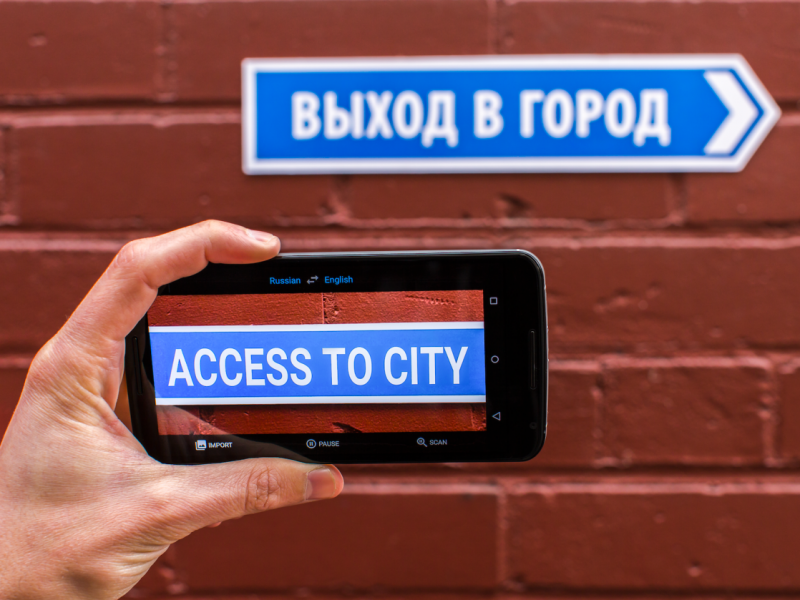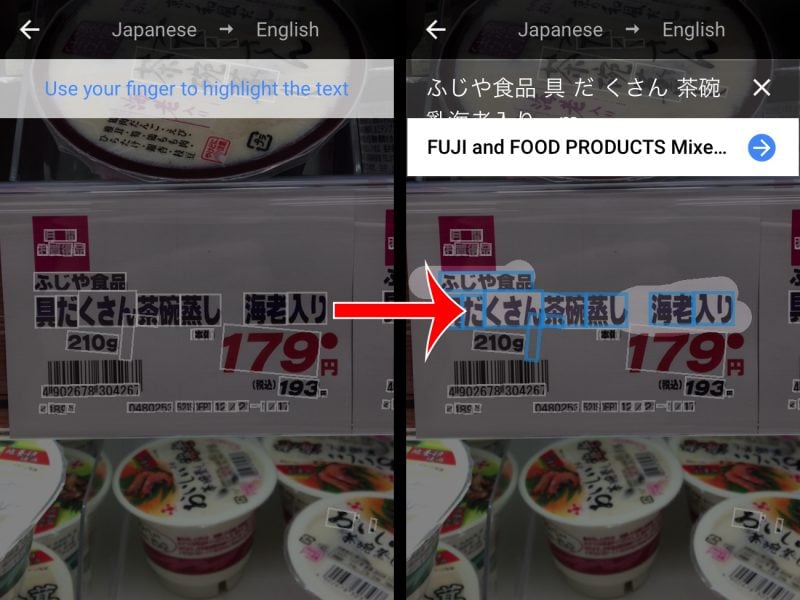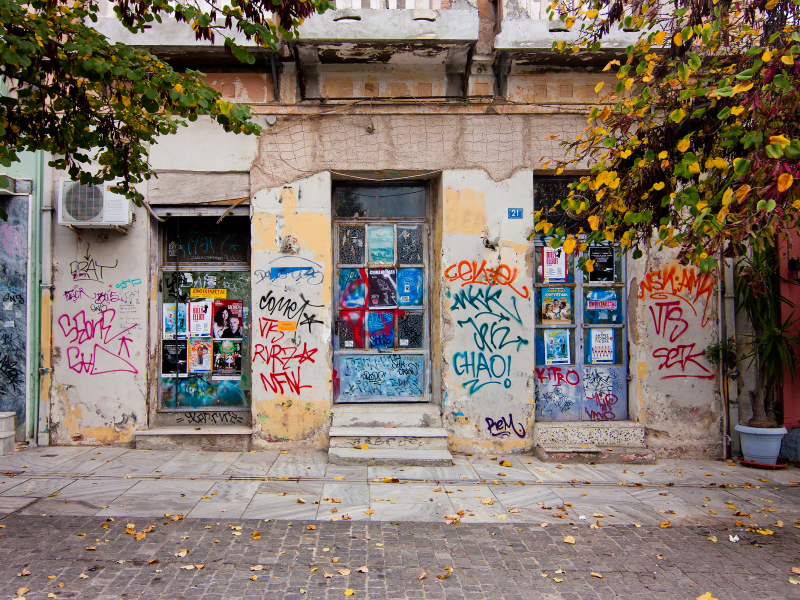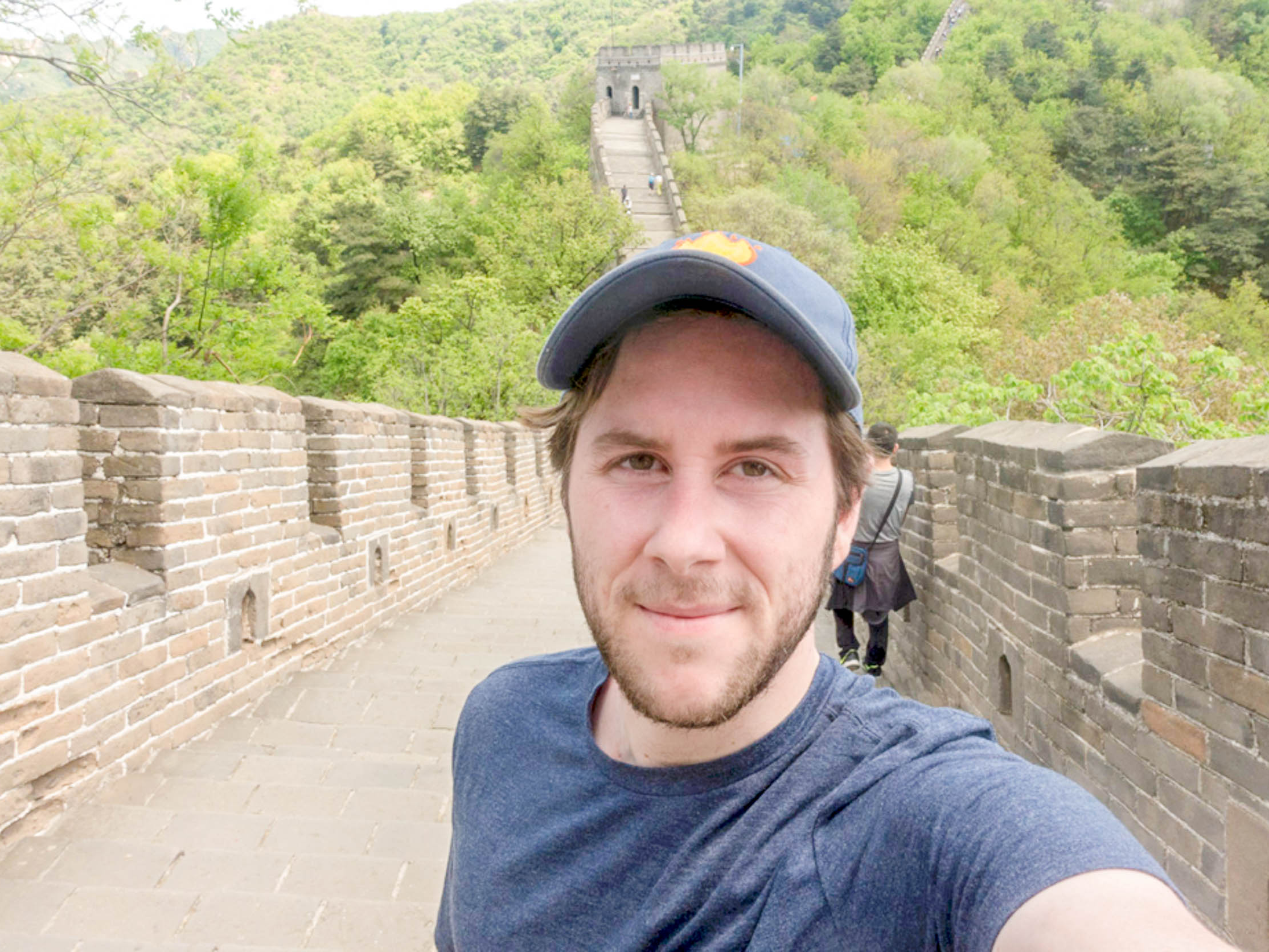- As Business Insider’s international correspondent, I’ve spent the past six months traveling through Hong Kong, China, Singapore, Greece, Israel, and Russia, among other places.
- I use a ton of different apps to make travel as efficient and seamless as possible, but by far the most essential is Google Translate.
- Google Translate has several features tailor-made for travelers, like its camera function, which translates signs instantly, and “conversation mode,” which allows you to speak directly into the microphone for real-time translated conversations.
As Business Insider’s international correspondent, I’ve spent the past six months traveling through Hong Kong, China, Singapore, Greece, Israel, and Russia, among other places.
That’s a lot of difficult languages to understand. It may surprise you, but I’m adept at speaking only one language: English. That’s not for lack of trying – apologies to my high-school Italian teacher.
Nothing is a substitute for true fluency when traveling, but new and improving technologies are getting closer to bridging the gap. It may not be sexy, but Google Translate is the one app I can’t live without.
Since it was introduced in 2006, Google Translate has become an indispensable part of the internet. While many may use it to complete their foreign-language homework – again, apologies to my high-school Italian teacher – it is integrated into so much of what we do, from Gmail to Chrome and elsewhere. It effortlessly erases borders of understanding as you navigate across the internet, from a Spanish newspaper to a Chinese e-commerce site.

In recent years, Google Translate's mobile app, released in 2010, has worked a similar magic in the real world. Google has introduced new features designed with travelers in mind and developed unprecedented translation accuracy thanks to Google's game-changing "neural machine translation" technology.
Google Translate now has more than 500 million monthly users and translates over 143 billion words a day, The New York Times reported earlier this year.
Earlier this year, Google Translate became the story of the 2018 World Cup in Russia. The service's use spiked 30% in Russia during the World Cup, according to Google. A Spanish journalist tried to use the app to ask a player on France's team a question after the team dictated that all questions be in French.
While I was there, fans from all over the world were holding up smartphones and tablets to one another to carry out conversations from Russian to English, Spanish to Portuguese, Arabic to French, and every other language pair you can imagine. I used it to translate signs written in the Cyrillic alphabet, talk with taxi drivers, figure out what I had just ordered, and read museum placards.
It was far from the first time Google Translate has gotten me out of a jam.
While visiting Japan last year, I became acutely aware of the app's amazing camera function, which can scan and translate text in real time.
I can usually get the gist of signs and labels in Romance-language-speaking countries like Spain or France, thanks to my mediocre Italian proficiency. Trying to get the gist of Japanese Kanji characters doesn't exactly work.
But as I walked through a supermarket in Tokyo's Shibuya neighborhood and encountered one unfamiliar food after another, the camera translated each item before my eyes. It was like putting on glasses for the first time.

But that only scratches the surface of the app's potential.
In recent years, Google Translate has added a "conversation mode" that allows a user to speak directly into the microphone for a real-time translation into another language, then the respondent can do the same the other way. The translations can sometimes be clunky, but it is more than enough to engage in a real conversation with someone who doesn't speak your language.
I make a habit of talking to taxi drivers when traveling. And not just for recommendations - I ask them about their country. Most have something insightful to say. Before Google Translate, I had to hope that the driver whose car I got into had more than a tenuous grasp of English. In many countries, that's rarely the case.
Some taxi drivers have wised up to Google Translate. In Athens, I met a driver named Ilias who always keeps an iPad open to the app on his dashboard. Eager to talk to an American, he began translating himself as soon I entered the cab. Pretty soon we were going back and forth about Greece's economic crisis and potential solutions. I learned so much from him that it inspired this story on Greece's situation.

Probably the best aspect of the app is that it works seamlessly offline. So long as you download the requisite language pack, the app can do everything, including conversation mode and the camera function, without internet - which is essential, because roaming charges add up quick while traveling.
While you can't download every language, more than 60 are available for instant offline translation.
And last week, Google announced that Translate added several new languages for full offline use, including Arabic, Thai, Vietnamese, Hindi, Bengali, Gujarati, Kannada, Malayalam, Marathi, Nepali, Punjabi, Tamil, and Telugu. (See the full list of available languages here »)

